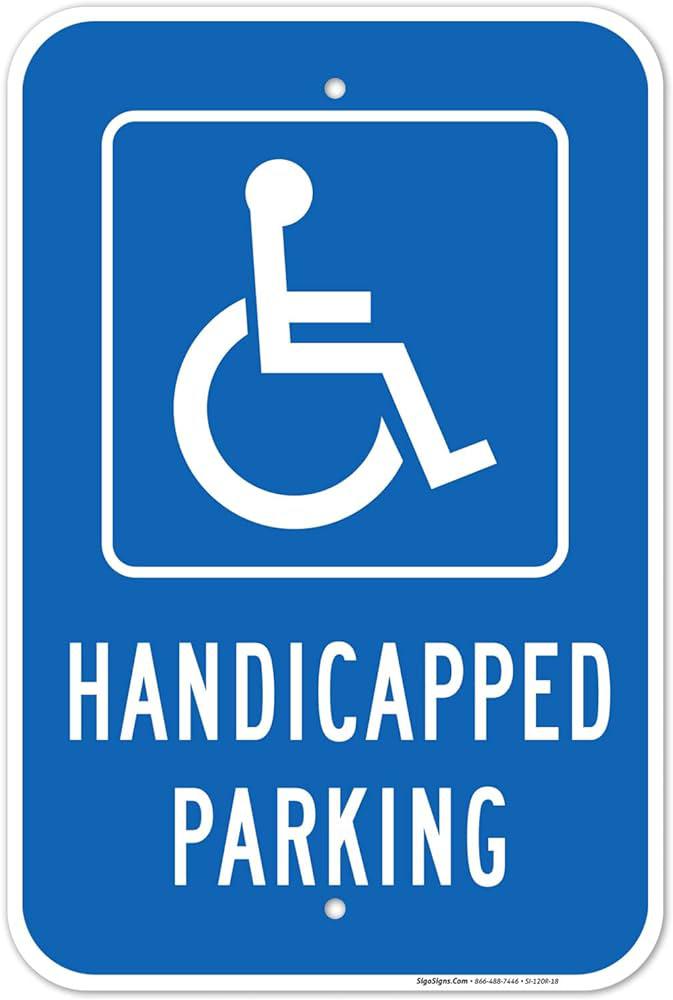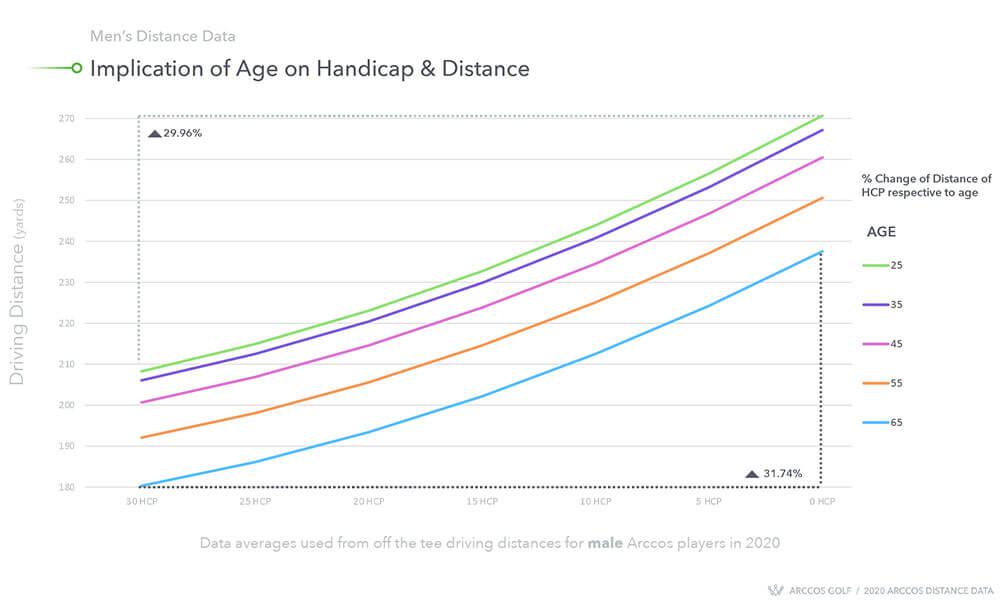Golf tournaments frequently employ a handicap system to level the playing field and make competition fair for players of various skill levels. The handicap system serves as a numeric representation of a player’s ability and potential performance, enabling them to compete on equal terms despite disparities in their overall skill level. The use of handicaps in golf thus warrants a thorough investigation, taking into account both their advantages and potential drawbacks. This article aims to comprehensively analyze the function, importance, and efficacy of the golf handicap system, with the goal of enhancing understanding and promoting its appropriate application within the sport.
1. Understanding the Nature and Purpose of Golf Handicap
A golf handicap is a numerical measure of a golfer’s skill level, used to level the playing field between golfers of different abilities.
The purpose of the golf handicap system is to determine the number of strokes that a player should receive or give in a match against an opponent of a different skill level. This allows golfers of all abilities to compete on a more equitable basis.
The golf handicap system is based on the premise that the average golfer will shoot a score that is a certain number of strokes over par for a given course and set of tees. The handicap index is calculated by taking the average of a player’s best 10 scores from the most recent 20 rounds played. The handicap index is then converted to a handicap allowance, which is the number of strokes that a player should receive or give in a match.
2. The Mechanics and Calculation of Golf Handicap
The Golf Handicap System is a method of measuring a golfer’s skill level and providing a fair and equitable basis for competition between players of different abilities. The handicap system is based on a player’s average score over a period of time, and is adjusted based on the difficulty of the courses they play and their individual performance.
To calculate a golfer’s handicap, the following steps are taken:
- The player’s scores from their most recent rounds are recorded in a database.
- The scores are adjusted based on the difficulty of the courses they were played on, using a formula known as the Course Rating System.
- The player’s average score is calculated, and adjusted based on their individual performance, using a formula known as the Slope System.
- The player’s handicap is then calculated as the average of their best 10 scores, adjusted based on their score differential and the course rating.
The handicap system is designed to be fair and equitable for all players, regardless of their skill level. It provides a way for players of different abilities to compete on a level playing field, and it helps to promote the enjoyment of the game for all.
| Handicap | Score | Adjustment |
| 0-9 | 72-81 | +0 to +9 |
| 10-19 | 82-91 | +10 to +19 |
| 20-29 | 92-101 | +20 to +29 |
3. Handicap Systems and Their Impact on Tournament Play
****
Handicap systems play a crucial role in tournament play, enabling golfers of varying abilities to compete fairly. By assigning a standardized measure of playing ability to each golfer, handicaps level the playing field and provide a more equitable experience. This is achieved through multiple mechanisms:
- Equitable Stroke Allocation: Handicap systems assign a specific number of strokes for each hole based on difficulty factors such as length, hazards, and course layout. This ensures that players with higher handicaps receive appropriate allowances, allowing them to compensate for any skill disadvantage.
- Stroke Deduct Method: In some tournaments, golfers are allowed to deduct a certain number of strokes from their gross score based on their handicap. This method further reduces the disparity between players of different abilities, encouraging participation and fostering a competitive environment.
- Flighting and Pairings: Many tournaments use handicaps to group players of similar abilities into flights or pairings. This enhances fairness by ensuring that players face opponents with comparable skill levels, reducing the frustration and discouragement that can arise from mismatched competition.
Table: Impact of Handicap Systems on Tournament Play
| Feature | Impact |
|---|---|
| Equitable Stroke Allocation | Levels the playing field for players of varying abilities. |
| Stroke Deduct Method | Reduces disparity between players of different handicaps. |
| Flighting and Pairings | Groups players of similar abilities together, increasing fairness and competition. |
Handicap is not merely a numerical value; it represents a golfer’s skill level and provides a framework for fair competition. By understanding and utilizing handicap effectively, golfers can enhance their golfing experience and make the game more enjoyable for them and their playing partners.
a. Equitable Play:
Handicap serves as a leveling mechanism, adjusting scores to reflect each player’s ability. This allows golfers of different skill levels to compete on a more equal footing, promoting camaraderie and fostering a sense of inclusivity. For example, in a tournament setting, golfers with higher handicaps will receive additional strokes, ensuring that everyone has a fair chance at winning.
b. Self-Assessment and Improvement:
Handicap provides golfers with an objective measure of their progress. By tracking their handicaps over time, golfers can identify areas for improvement and set realistic goals for their development. A consistent improvement in handicap signifies skill enhancement, motivating golfers to continue honing their skills and striving for excellence.
c. Course Selection and Tournament Play:
Handicap plays a vital role in course selection and tournament qualification. It helps golfers choose courses that are suitable for their skill level, evitando both over- and under-challenging scenarios. Additionally, handicap is often used as a qualifying criterion for tournaments, ensuring that participants are sufficiently skilled to compete at the desired level.
5. Future Directions and Potential Innovations in Golf Handicapping
****
The future of golf handicapping holds immense potential for innovation, driven by advancements in technology and analytics. Key areas of focus include:
- Artificial Intelligence (AI) and Machine Learning: AI can analyze player performance data, identify patterns, and provide personalized handicapping recommendations. Machine learning algorithms can adapt to individual playing styles and conditions, enhancing handicap accuracy.
- Real-Time Handicapping: Advances in technology allow for real-time monitoring of player performance. This enables dynamic handicapping adjustments during a round, ensuring that handicaps reflect current playing ability.
- Inclusivity and Accessibility: Innovations in handicapping can increase inclusivity by providing fair and equitable handicaps to players of all skill levels and backgrounds. Digital platforms can facilitate handicap access and promote participation at local, regional, and global levels.
Examples of Potential Innovations:
| Feature | Impact |
|---|---|
| AI-powered swing analysis | Precision handicap assessments based on objective data |
| Personalized handicap recommendations | Tailored handicaps considering individual playing styles |
| Real-time performance tracking | Accurate handicaps updated throughout the round |
| Open-source handicapping algorithms | Transparency and accessibility for handicap calculation |
| Adaptive handicaps for different course conditions | Equitable handicapping across diverse courses |
These advancements have the potential to revolutionize golf handicapping, making it a more accurate, personalized, and inclusive system that enhances the overall experience for players of all abilities.
Conclusion
In conclusion, the golf handicap serves as a crucial mechanism for balancing competition and camaraderie within the sport of golf. It provides a fair and objective way to assess the skill level of golfers of varying abilities, allowing them to compete on a more equitable basis. Moreover, it contributes to the social aspect of the game by fostering a sense of community and inclusivity among players. By embracing the handicap system, golfers can enhance their enjoyment of the sport, improve their play, and make meaningful connections with fellow enthusiasts.







